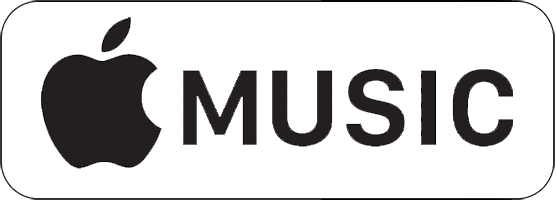TRACKS
Sonata, Tristan and Isolde (1992)*
1. I. Slowly, but with intensity
2. II. Allegro
3. III. Chanson, douce et sauvage
Sonata no. 1 for Viola and Piano (2018)*
4. I. Introduction (calm, with flowing motion)
5. II. Allegro bizzaro
6. III. Very hushed and slow – presto molto – coda
Six Miniatures for Unaccompanied Viola (2021)
7. Landscape
8. Evening
9. Conjure You
10. For Winter
11. A Blessing
12. Gifts
13. Constable and the Spirit of the Clouds (2021)
14. Sarabande (1993)
15. Favour (1980)
All works composed by David Jaeger, C.M. (b. 1947)
Elizabeth Reid, viola
Alison Bruce Cerutti, piano*
Recorded at CBC Glenn Gould Studio, Toronto, ON, Canada-January 26-28, 2022
Producer: David Jaeger, C.M.
Recording Engineer: Dennis Patterson
Editing: Elizabeth Reid, David Jaeger, C.M.
Mastering: David Jaeger, C.M.
Piano Technician: Marc Decorte
Piano: 9’ New York Steinway D Concert Grand (1968)
Electronics for Constable and Spirit of the Clouds: MacBook Air, Ableton Live Suite 11, Keith McMillen SoftStep 2 USB MIDI Foot Controller, Roland DC-20 Analogue Echo, Morley Mini Volume Pedal
Electronics for Favour: Roland DC-20 Analogue Echo, T.C. Electronics Flashback Delay Pedal, Two Morley Mini Volume Pedals
Electronics for Sarabande: Roland DC-20 Analogue Echo, Morley Mini Volume Pedal
CBC Glenn Gould Studio Technical Producer: Brent Huckfield
CBC Glenn Gould Technical Assistant: Paul Hodge
CBC Glenn Gould Studio Staff: Nicole Janesiwskyj and Anita Adams
Additional Technical Advice: Rose Bolton
CD Art Work and Graphic Design: Cynthia French
Elizabeth Reid Photo: Clare McAfee
David Jaeger, C.M. Photo: Liam Jaeger
Alison Bruce Cerutti Photo: Clare McAfee
All works by David Jaeger are registered with and rights administered by SOCAN.
TK524 © 2023 Elizabeth Reid
In 2018, Jaeger informed me that he was writing a new viola sonata. I received his early sketches as he wrote each movement and gave feedback and performance samples. In March 2019, at Gallery 345 in Toronto, I premiered the final version of Sonata no. 1 for Viola and Piano (2018) with pianist Alison Bruce Cerutti. Following the strongly positive audience reception of this viola sonata’s premiere, I realized the importance of recording this piece alongside his other viola works. This album, Conjuring: The Viola Works of David Jaeger, comprises three major parts of the viola repertoire: viola and piano, unaccompanied viola, and viola with electronics.
This recording showcases the composer’s significant contribution to the Canadian viola repertoire, spanning forty-one years and illustrating a wide range of influences and a conversational, virtuosic and lyrical style. This album explores Jaeger’s innovative use of technology throughout his compositional career and vocal-like writing for the viola.
Each of the six pieces on this recording showcases a different facet of the viola as a solo instrument, juxtaposing colourful virtuosity and technical flair with vocally poignant slow sections. The thrilling combination of melodic viola and piano with the “space-age” effects in the viola and electronics pieces will hopefully have a striking auditory impact on this recording’s listeners.
This recording also creates a permanent record of David Jaeger’s music for present and future violists, string players, and audiences in Canada and abroad. As a violist, a significant portion of my repertoire was written within the last hundred years. Therefore, I welcome composers who compose for the viola, especially one who writes so masterfully as Jaeger.
As the Canadian viola repertoire expands with new compositions, musicians tend to spend resources and time on the premiere of a musical work. It is imperative that we document these works after their initial performances. That documentation creates a more direct pathway for future performances, which benefits both musicians and audiences. These subsequent performances and recordings often determine the work’s legacy in the musical repertoire. A high-quality recording of a musical work can become a compass. In other words, it helps others to discover. Finally, it inspires more musicians to create their own interpretations for many years into the future.
~Elizabeth Reid, August 2022.






